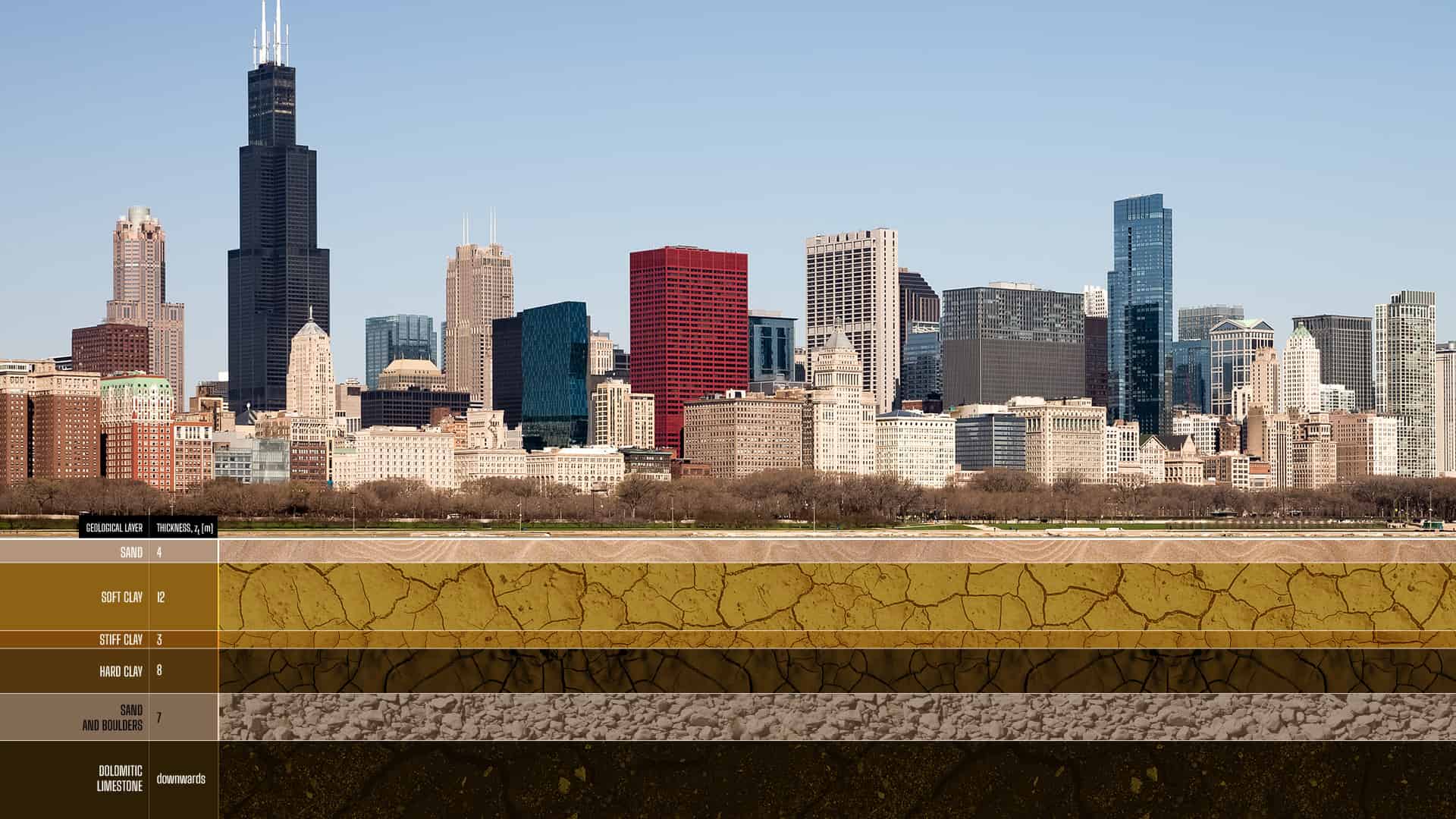For the first time, researchers have linked underground climate change to the unstable ground below urban areas.
As the ground warms, it also deforms. This causes building foundations and the nearby ground to move due to expansion and contraction and even forms cracks, which end up causing long-term damage to the structures’ durability.

It’s the first study to quantify the ground deformations caused by subsurface heat islands and their effects on infrastructure. “It’s a silent hazard because it leads to ground deformations and displacement,” Alessandro Rotta Loria, who led the study, told ZME Science. “It also represents an opportunity to decarbonize urban areas.”
This might have been a significant cause of damage to buildings in the past and it will continue to be a problem in the years to come. However, the researchers also see it as an opportunity. Urban planners could capture the waste heat emitted underground by subterranean transportation systems in order to mitigate the effects of climate change.
Underground climate change
In most cities, the heat emanating from buildings and underground transportation steadily permeates, leading to an increase in ground temperature. Previous studies have found that the shallow subsurface beneath cities warms between 0.1 and 2.5 degrees Celsius per decade. This is mostly known as underground climate change.
This has been known to cause environmental problems, such as polluted groundwater, and health issues, such as asthma. However, its effects on civil infrastructure have remained understudied. “We wanted to unveil if ground deformations could represent an issue for the operational performance of infrastructure,” Rotta Loria told ZME Science.
Over the years, Rotta Loria and his team set up a wireless network of over 150 temperature sensors across the Chicago Loop, the central business center of the city, both above and below ground. This involved installing sensors in the basement of buildings, underground parking garages, subway tunnels and subsurface streets.
The data showed that underground temperatures below the Loop are usually 10 degrees Celsius warmer than beneath Grant Park, a greenspace area. Once he had this information, Rotta Loria built a 3D computer model to simulate how ground temperatures changed since 1951 – the year when Chicago finalized its subway tunnels.
The researchers found values in line with those measured in the field and used the simulation to predict how temperatures will change until 2051. They also modeled how ground changes in response to higher temperatures. Some materials such as soft clay contract when they experience heat and others such as hard clay and limestone expand.
According to the simulations, a warmer climate can cause the ground to swell and expand upward by up to 12 millimeters and to contract downward by up to eight millimeters. While it seems it’s not a lot and something we wouldn’t even feel, the variation takes a big toll on buildings, in some cases affecting their operational requirements.
“We have shown that ground deformations can be so severe that they lead to problems for the performance of civil infrastructure,” Rotta Loria said in a media statement. “It’s not like a building will suddenly collapse. Things are sinking very slowly. The consequences for serviceability of structures and infrastructures can be very bad.”
Up next, Rotta Loria wants to expand his research by investigating which types of infrastructure are especially sensitive to ground deformation and under which conditions, while also developing an even more efficient model. This will be a “powerful tool” that can be used for scientific purposes and also for engineering and decision-making, he told ZME Science.
The study was published in the journal Communications Engineering.









